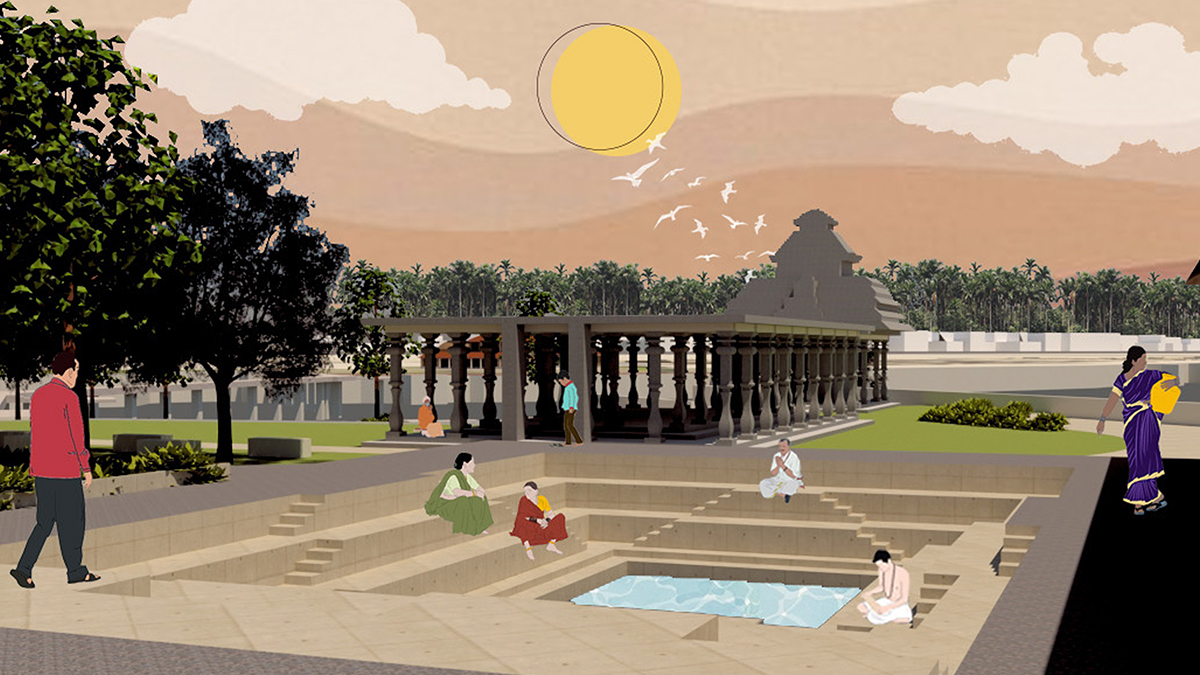Design Dissertation: Anagha Pandit
Guide: Suneeta Samant
Languages play a very important role in our lives. They help us convey, express, and interact with one another. Sanskrit is one of the oldest known languages and is considered the mother of all languages in India. There have been conflicting opinions about the language being just a classical language or a lifestyle. It has been a part of our culture from the mythological stories till present in the form of various religious as well as educatory texts. It holds information on various fields right from science, mathematics to psychology, astrology, etc. Even after the vast expanse of the language, the oral expertise in the language is dying out as very few people practice spoken Sanskrit in their everyday life. But is it just a relic or a relatable phenomenon?
Mattur and Hosahalli are two of the very few villages that have taken up this conflict into forming the very basis of their village. These are quaint villages on either bank of the river Tunga, to the south of Shimoga in Karnataka. The villagers here not only speak in Sanskrit but also take up values, learning, and understandings of everyday life from the language. They owe the high literacy of the village to the language and its guidance in a better understanding of several fields. IT Engineers, civil engineers, mathematic scholars, astrologers, doctors are among many other occupations practiced by the people of the village. Farming is still practiced as the primary occupation along with all the other professions. Many of the villagers teach Sanskrit in nearby universities. This is an ideal location for further advancement and research into the various fields that are dealt with by the language.
The intent thereby was to cater to the needs of the infrastructure in the village to facilitate and provide for educational, research, archival, and stay facilities for students and tourists that would act as a catalyst in the spread and preservation of Sanskrit education, research, and its traditions. Also to provide with interventions creating interactive spaces throughout the village and connecting the edges to provide with better connectivity, visually and physically between the twin villages.
The design approach thus followed, would be to enhance already existing infrastructure by creating shared spaces between the intervention and the existing, thus leading to interactive spaces shared by tourists/students and the villagers creating an exchange of language, culture, and traditions. The approach also deals with not disturbing the original fabric of the village and instead trying to grow along with the fabric through the intervention. The structures thus designed are in Rammed earth and CSEB catering to the idea of already existing mud houses in the village. Considerations such as following certain elements from the village, style of design, grid patterns, nodes, visual axis, and circulation patterns are followed after analysing the existing village.






